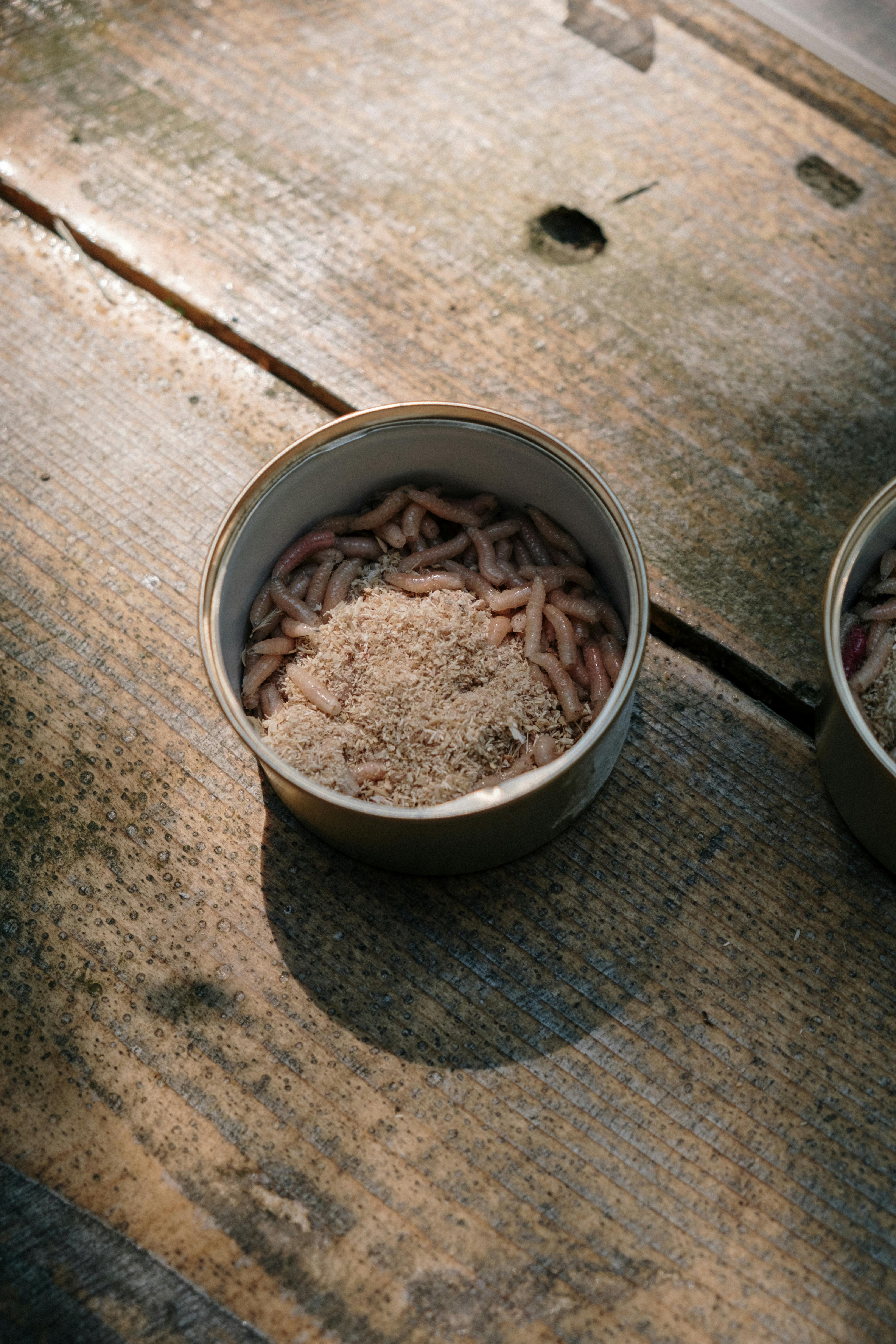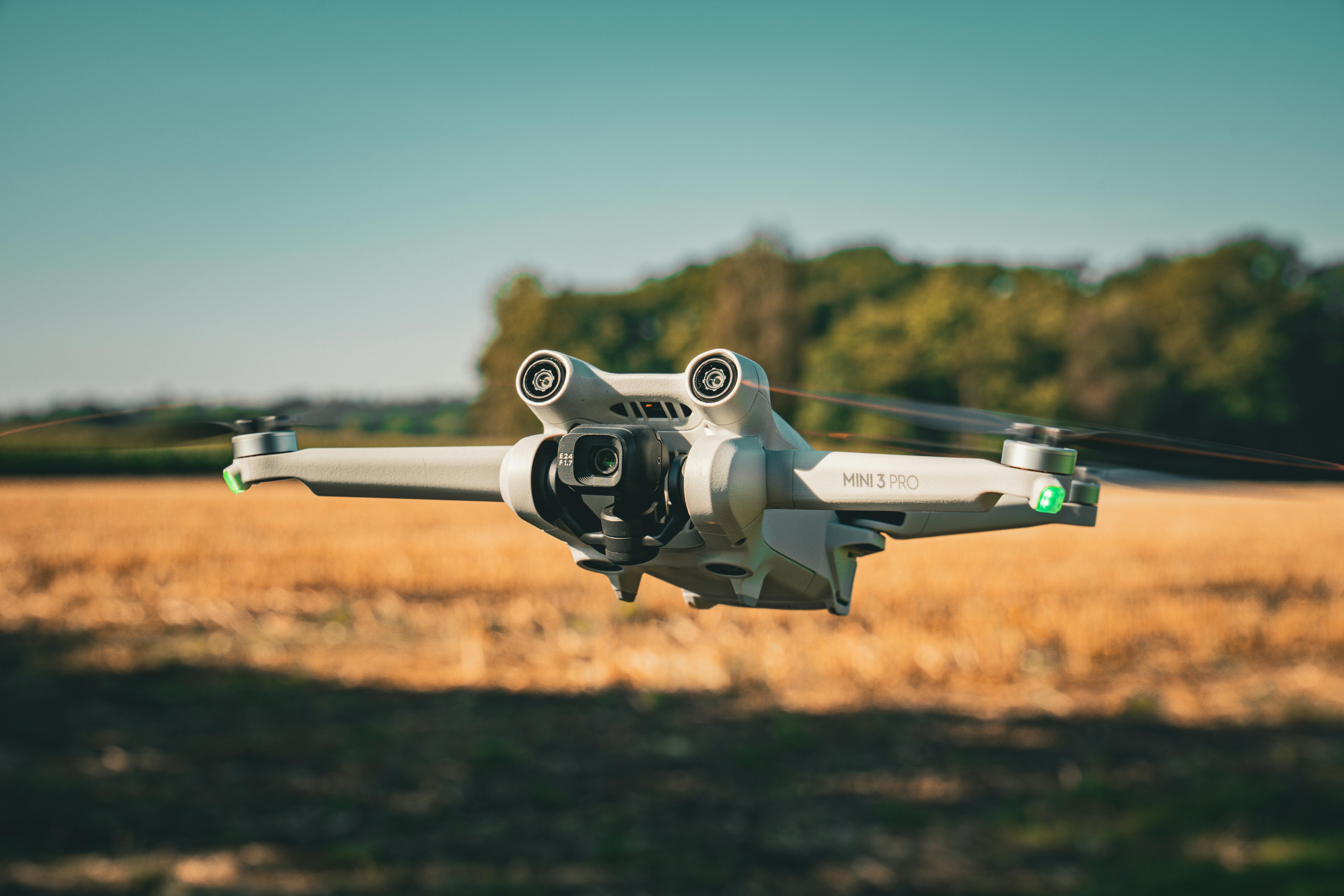Introducing the Exciting World of Edible Insects: A New Frontier in Gastronomy
Have you ever considered munching on a plate of sautéed crickets or savoring a fine silkworm soup? If you are intrigued by the idea, you are not alone. The culinary world is buzzing with the trend of edible insects, a sustainable and nutritious food source that is gaining global popularity. Let's delve into this unorthodox gastronomical journey.

Why Edible Insects?
Insects are an excellent source of protein, fiber, vitamins, and minerals. They are also incredibly sustainable, requiring far less land, water, and food compared to traditional livestock. Edible bugs are being hailed as the superfood of the future, offering a solution to the increasing global demand for protein and the need for sustainable food sources.
A Global Trend
Edible insects are a traditional part of the diet in many parts of Asia, Africa, and Latin America. As the trend catches on worldwide, high-end restaurants in Europe and North America are beginning to include insect-based dishes on their menus, showcasing the versatility and unique flavors of these tiny critters.
Culinary Creations
From cricket flour to mealworm pasta, the possibilities are endless. Chefs are getting creative with their insect-based dishes, incorporating them into cookies, protein bars, and even gourmet meals. These dishes are not only nutritious but also delicious, with many comparing the taste of insects to nuts and seafood.
Health Benefits
Nutritionally, insects are powerhouses. They are rich in essential nutrients like omega-3 fatty acids, iron, and zinc. Some studies even suggest that eating insects could help fight malnutrition in developing countries.
Overcoming the ‘Yuck’ Factor
The biggest hurdle in the adoption of edible insects is often psychological. However, as more people become aware of the environmental and nutritional benefits of insects, this perception is slowly changing.
Nuggets of Knowledge:
- More than 2000 species of insects are edible.
- Cricket flour is a high-protein alternative to traditional flour.
- Insects are a common food source for nearly 2 billion people worldwide.
- The global edible insects market is expected to exceed $1 billion by 2023.
In conclusion, edible insects present an exciting avenue in the culinary world, offering a sustainable and nutritious alternative to traditional protein sources. While it may take some time for the trend to catch on universally, there is no denying that bugs are here to stay on our plates. So, the next time you come across a dish made with insects, why not give it a try? You might discover a new favorite food.





